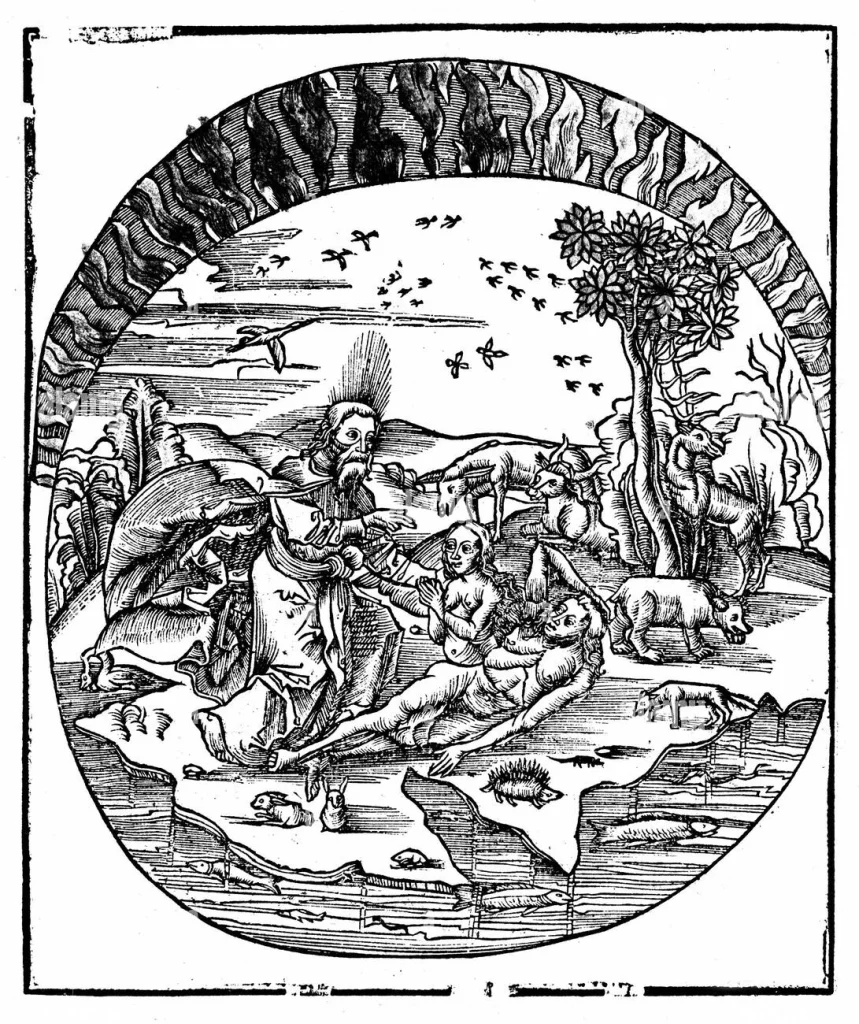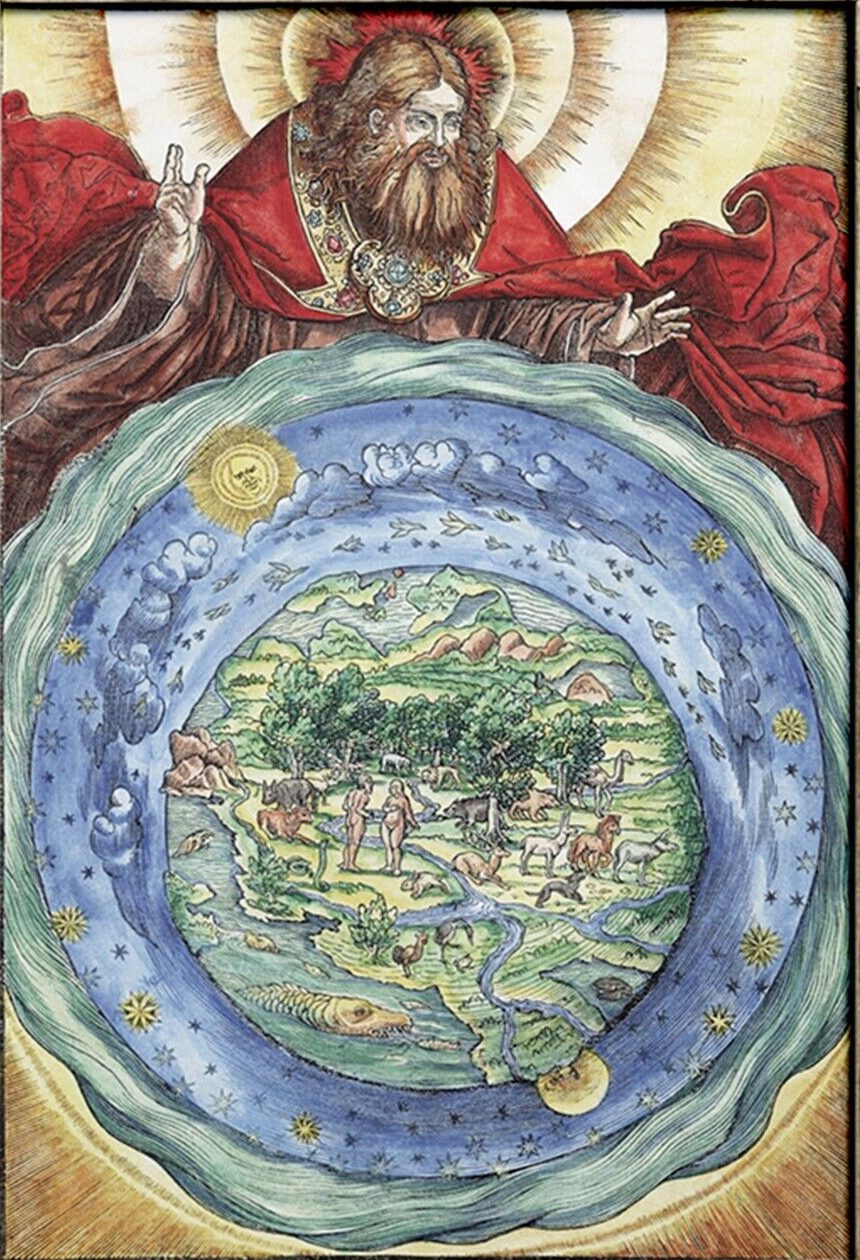According to the Bible, God created the world in six days—a feat that is celebrated as extraordinary and divine. However, an often-overlooked detail is that the Book of Genesis presents not one, but two distinct creation stories. This curious repetition raises questions about the narrative’s coherence and purpose. Why would God, after crafting the universe twice, later decide to wipe out nearly all life in a catastrophic flood? It’s a perplexing sequence of events that invites deeper reflection.
This observation forms the foundation of our lessons in Public School Bible Study. It challenges us to critically examine the text, rather than simply accept it at face value. How can advocates for Bible study in public schools argue for the academic study of a book that, at times, seems riddled with contradictions and steeped in the cultural biases of an ancient society? These are the kinds of questions we aim to explore—encouraging thoughtful analysis rather than blind adherence.
Eighty-five percent of White Evangelical Christians cast their vote for Donald Trump, a decision that many argue undermines the values of the nation and its Constitution. As part of its mission, PSBS seeks to critically examine the so-called holy book they interpret literally, challenging the foundations of their perspective.
But let’s dive into the “word of god” and see what it has to say about creation.
First up Genesis 1:1–2:3
Theme:
- Ordered, structured, and majestic creation by a transcendent God (Elohim).
- Focus on the power and sovereignty of God.
- Repetition and rhythm — “And God said… It was good… There was evening and morning…”
- Creation happens in six days, with the seventh day for rest.
Order of Creation:
- Day 1 (Gen 1:3-5): Light separated from darkness — “Let there be light.”
- Day 2 (Gen 1:6-8): Separation of waters — sky (firmament) created.
- Day 3 (Gen 1:9-13): Dry land, seas, and vegetation.
- Day 4 (Gen 1:14-19): Sun, moon, and stars to govern time and seasons.
- Day 5 (Gen 1:20-23): Sea creatures and birds.
- Day 6 (Gen 1:24-31): Land animals and humans (male and female created together) — “in the image of God.”
- Day 7 (Gen 2:1-3): God rests — Sabbath is sanctified.
Key Characteristics:
- God is distant and omnipotent, creating by spoken word (“Let there be…”).
- Humans are the climax of creation, given dominion over the earth (Gen 1:26).
- Emphasis on order and goodness — “And God saw that it was good.”
- Male and female created simultaneously in God’s image (Gen 1:27).
Next Genesis 2:4–25
Theme:
- Earthy and intimate portrayal of God (YHWH or “the LORD God”).
- Focus on human relationships, morality, and connection with creation.
- Anthropomorphic description of God — walking, breathing, planting.
Order of Creation:
- No vegetation or rain yet (Gen 2:5-6): God forms man (Adam) from dust of the ground.
- Man is created first (Gen 2:7): God breathes life into his nostrils — a personal, hands-on act.
- Garden of Eden (Gen 2:8-9): God plants a garden and places man there.
- Trees and rivers (Gen 2:10-14): Two significant trees — Tree of Life and Tree of Knowledge of Good and Evil.
- Animals formed after man (Gen 2:19): God creates animals and brings them to Adam to name.
- Woman is created last (Gen 2:21-22): God creates woman (Eve) from Adam’s rib, emphasizing companionship.

OMG! He’s pulling her right out of him!
Key Characteristics:
- God is personal and involved, forming, breathing, and walking in the garden.
- Humans are central, with man created first and woman created for companionship.
- No focus on time or days — the order is more narrative than chronological.
- Moral themes — the tree of knowledge introduces the concept of choice and obedience.
Perhaps Yahweh, El, or whoever penned this narrative might have benefited from an editor to address the redundant retelling of the creation story and the glaring lack of continuity between the accounts.
The initial version specifically credits El with creation, as discussed in What the El?. It took centuries for El to be merged into Yahweh within the scriptures, yet here they appear side by side, chapter by chapter. Once again, it’s clear the author could have used an editor to maintain consistency.
Here we stand at one of the most pivotal moments in the universe—its very creation—yet it feels as though two chaotic scribes, fueled by whimsy and impulse, are cobbling together the mythology that will define it and not even checking what the other is doing.
The real question is: which version of this story will be taught to children in public schools?

